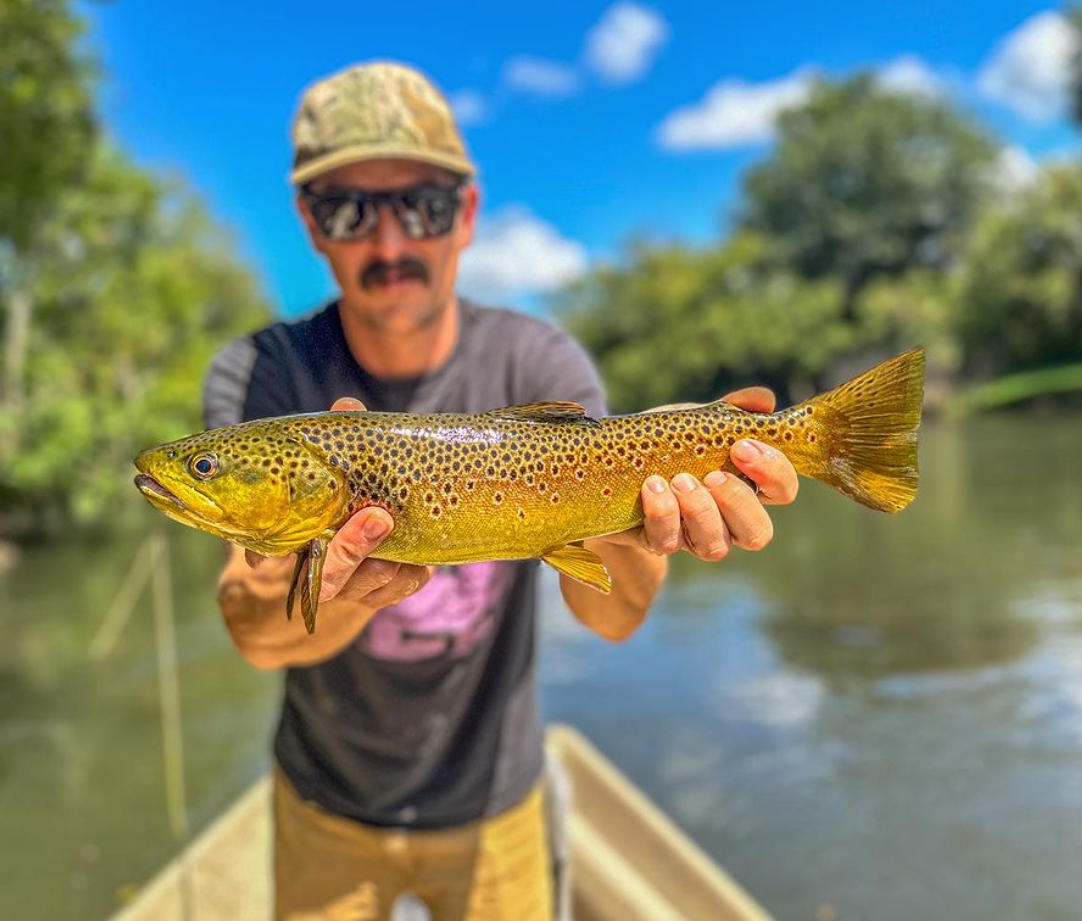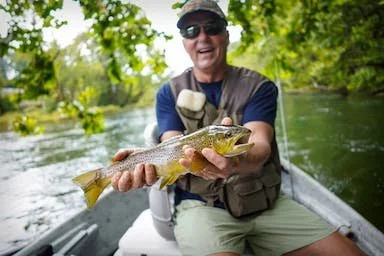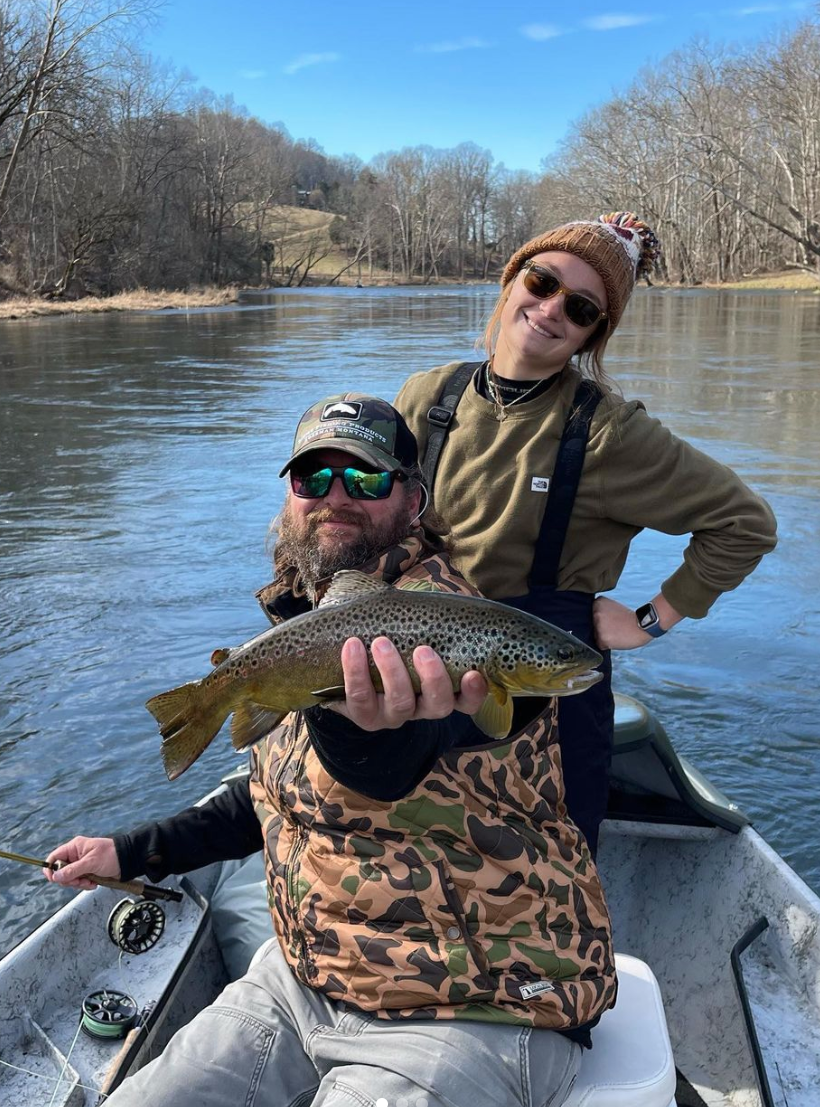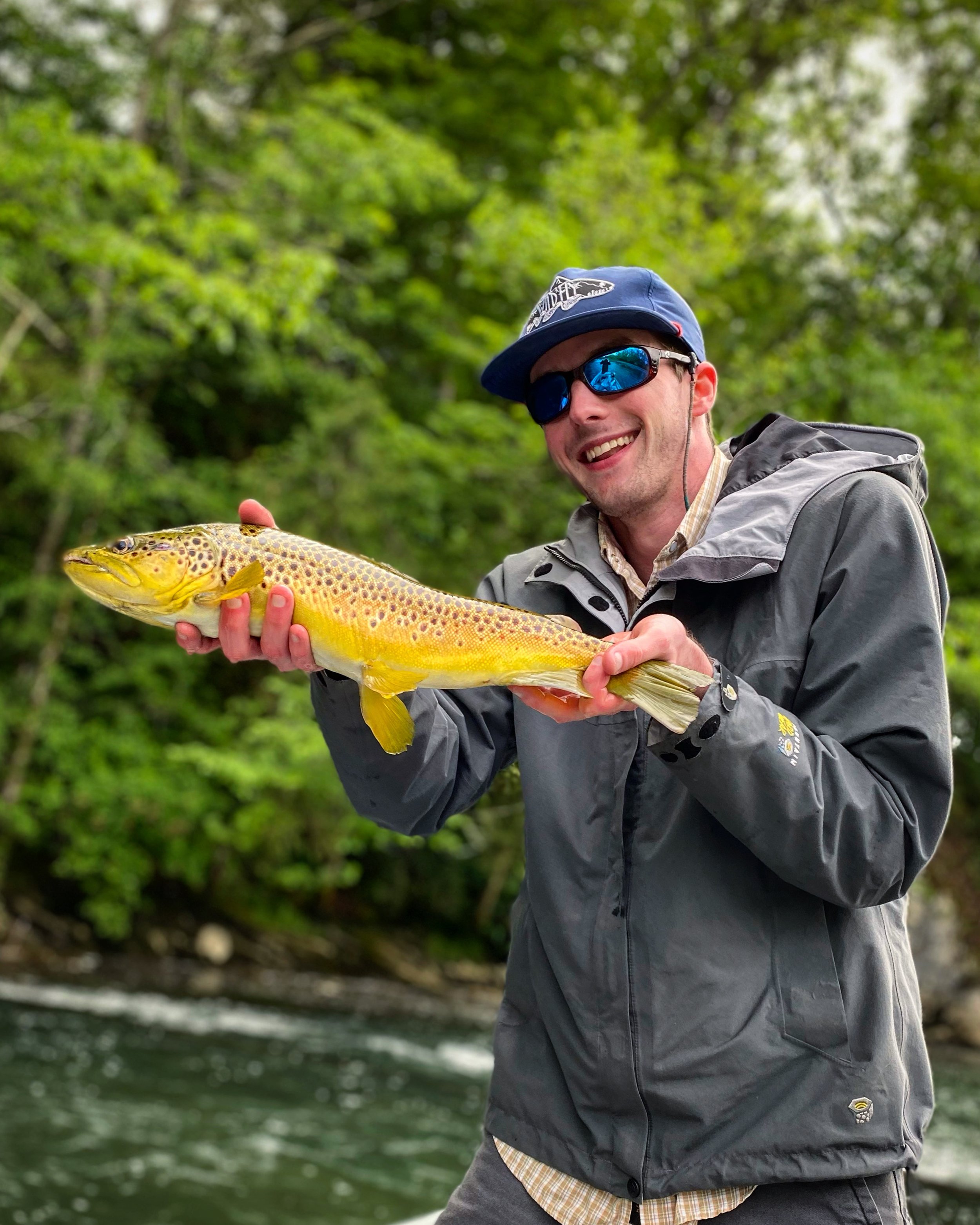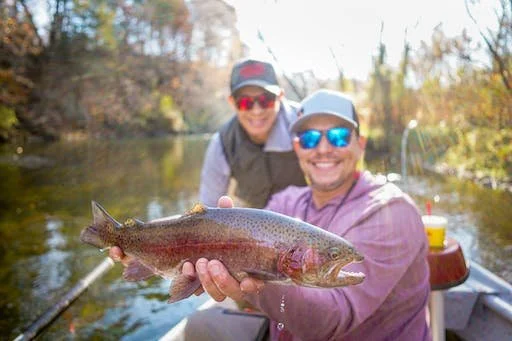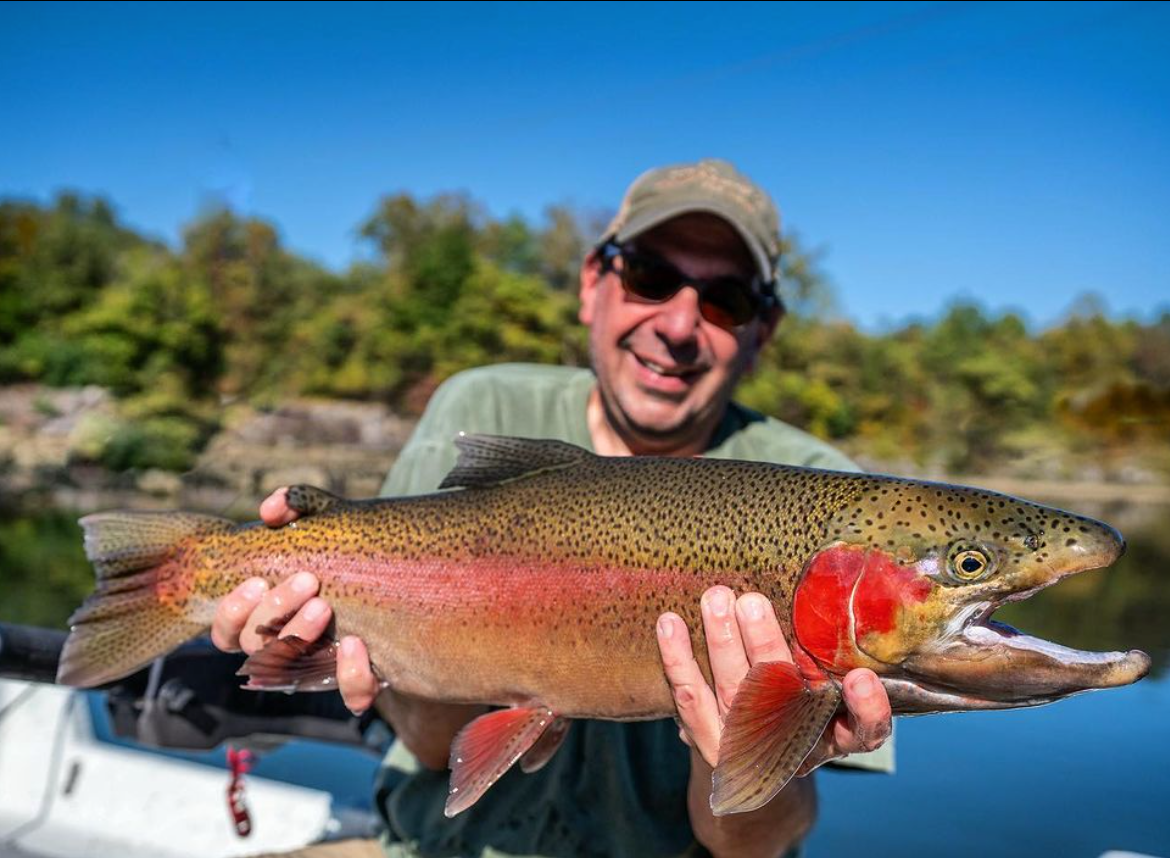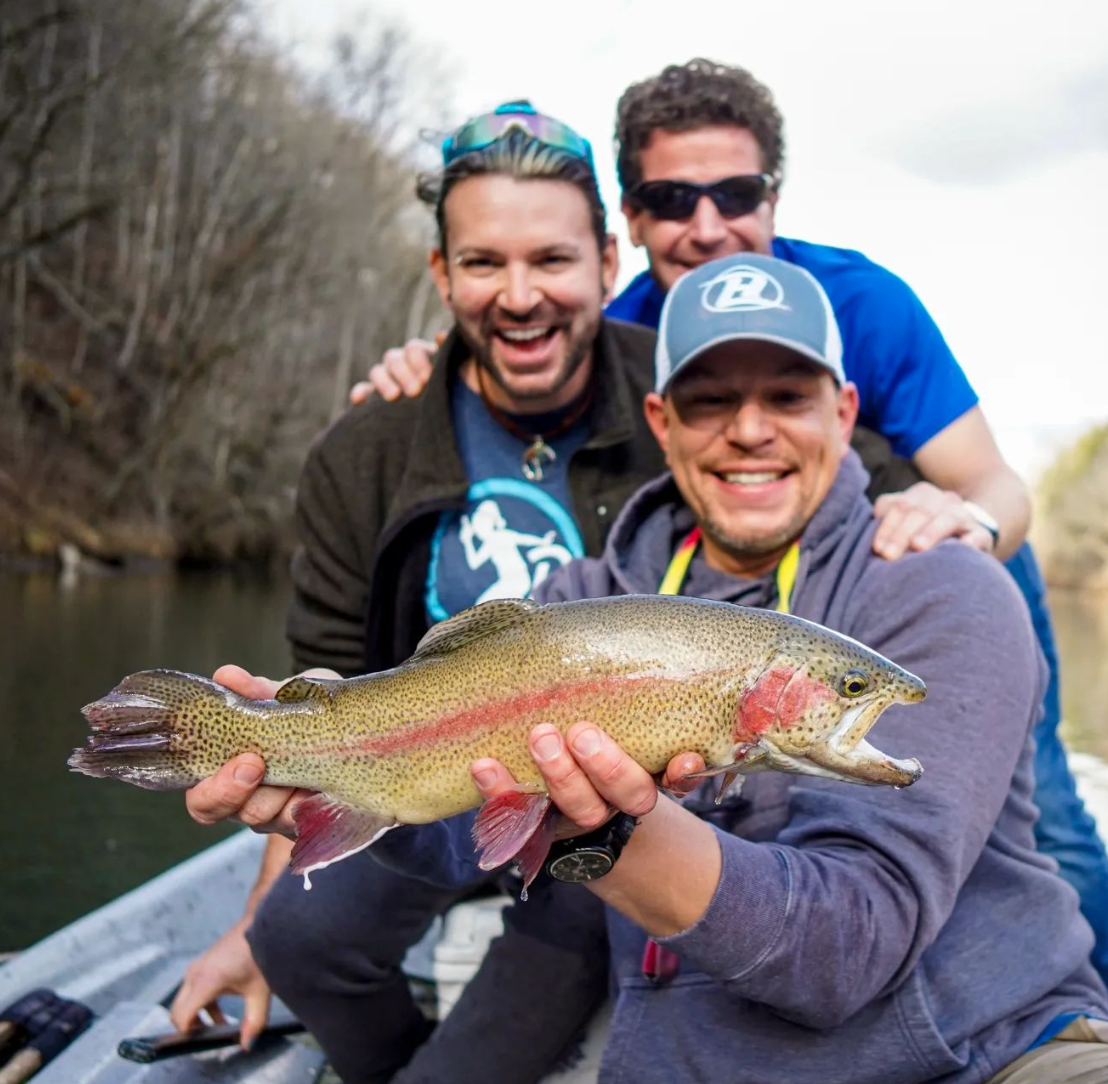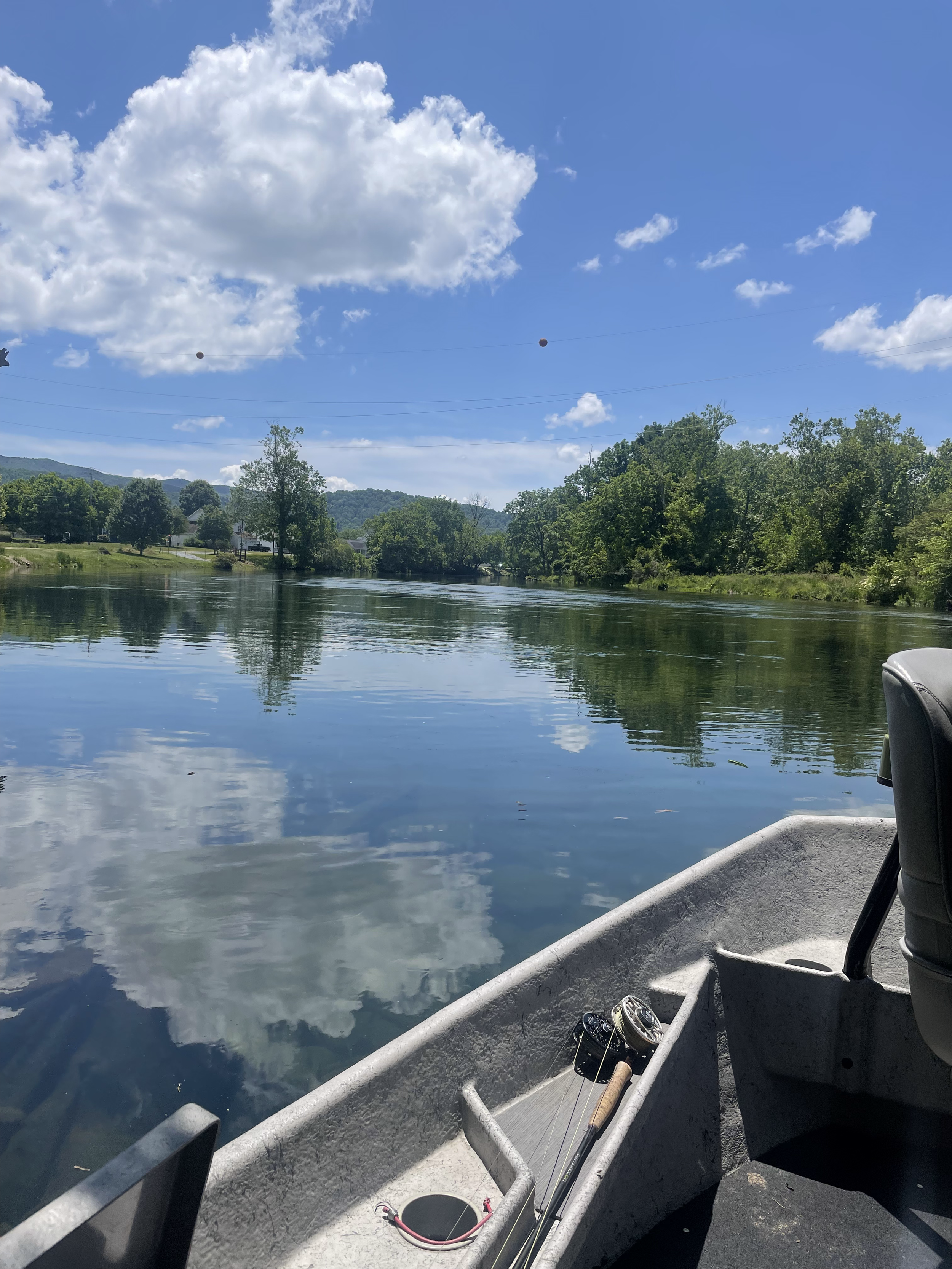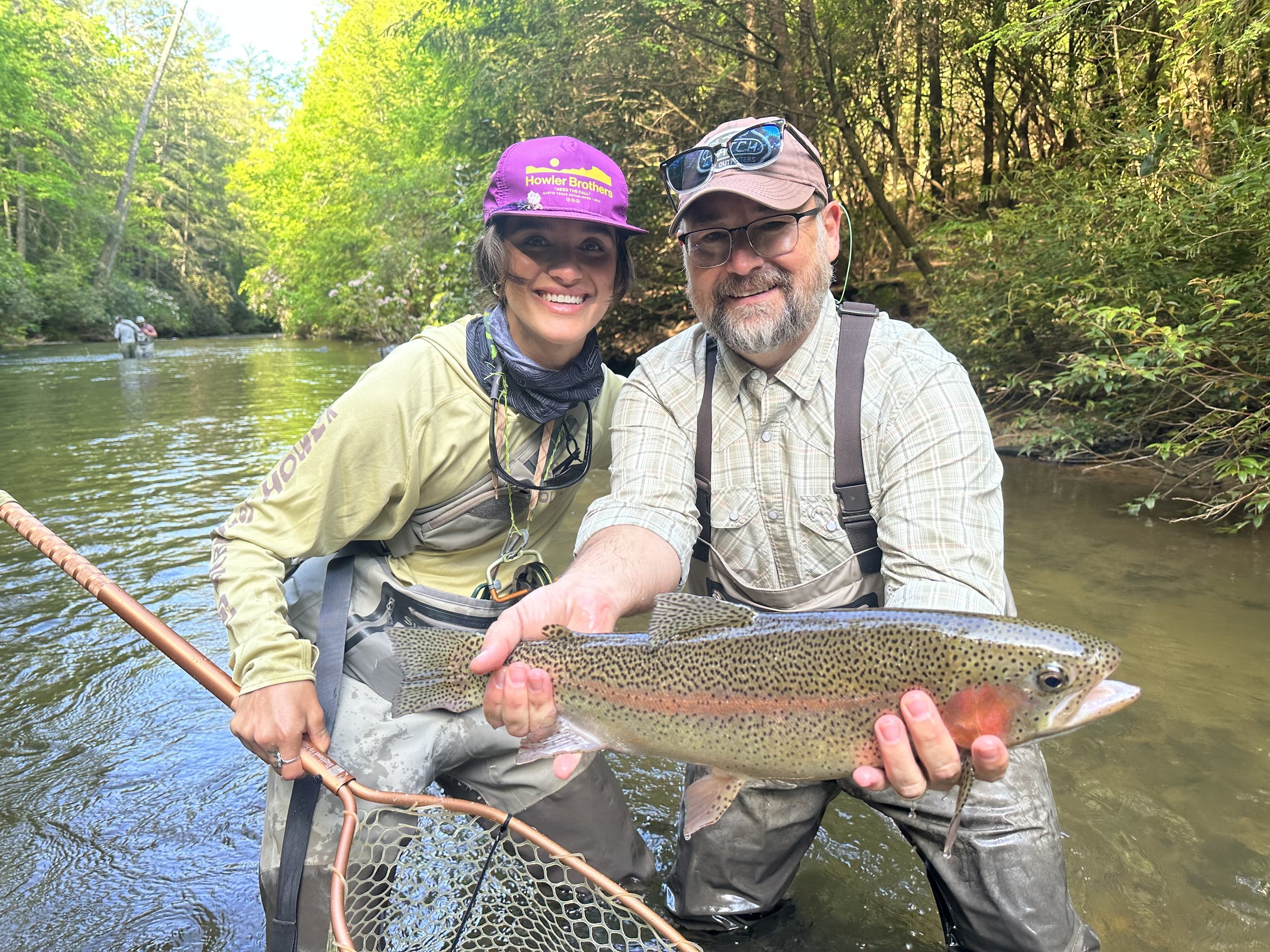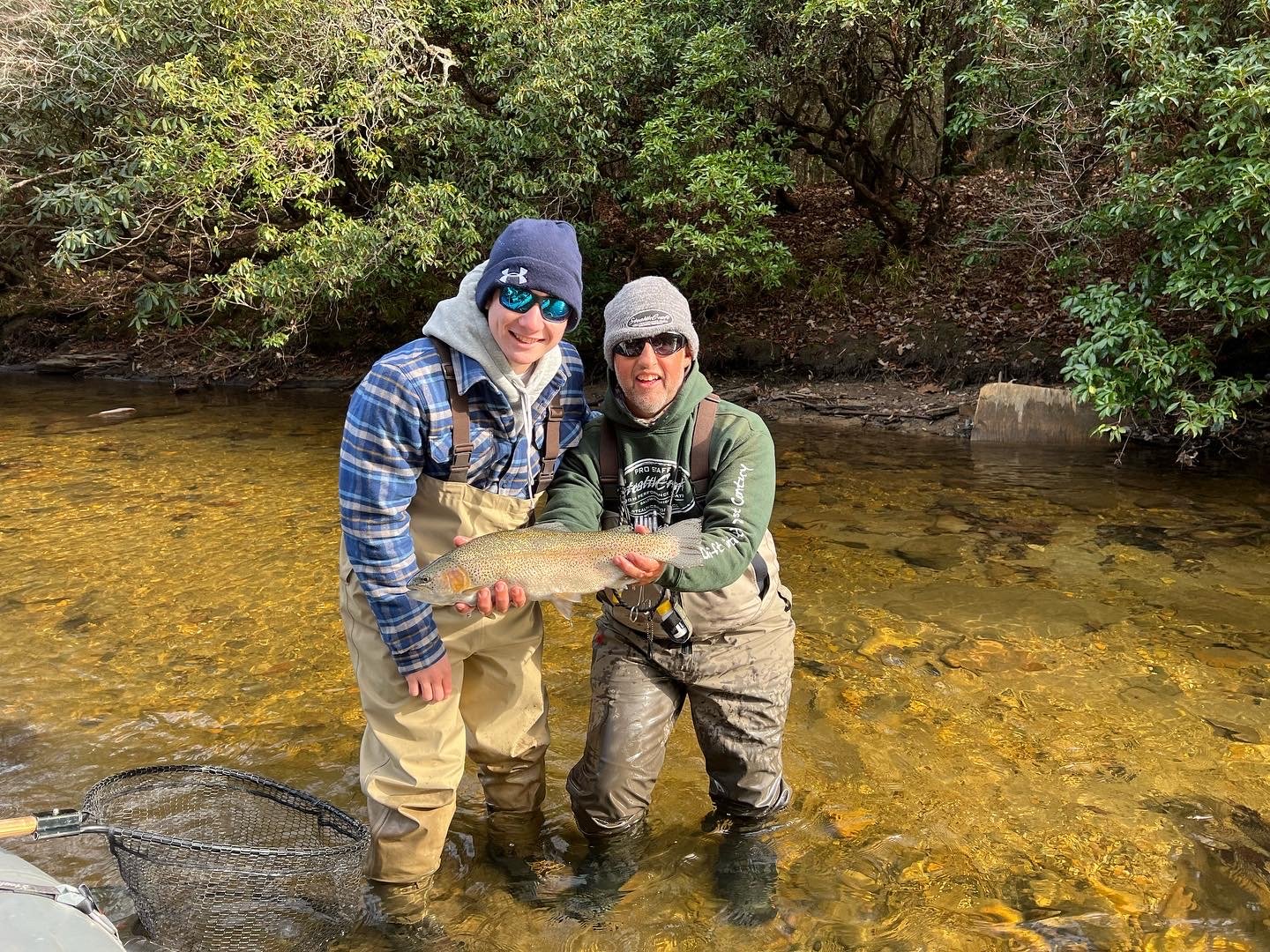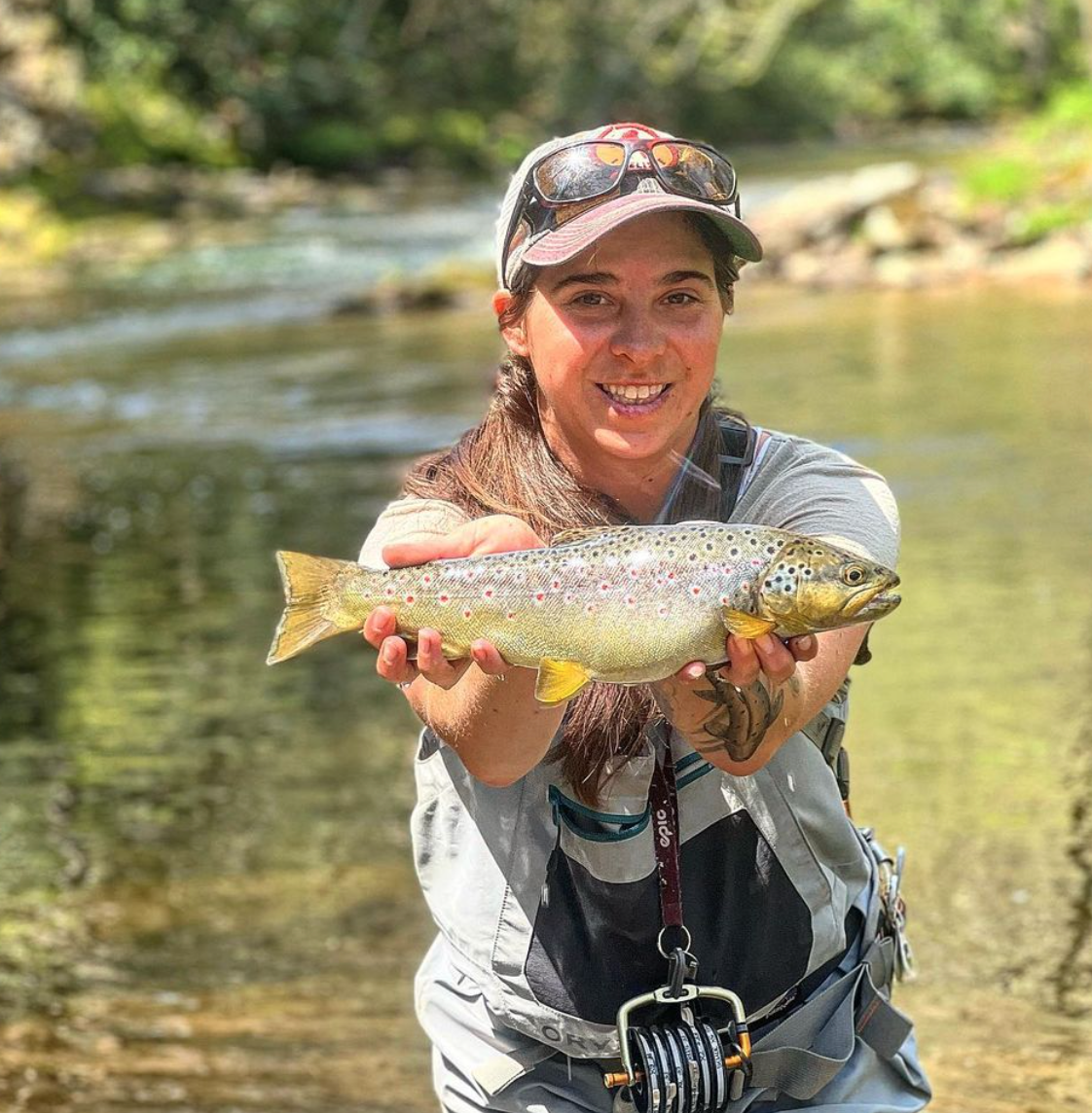Best Trout Tailwaters in the Southeast US
The Appalachian Mountains of the eastern United States hold a special allure for anglers. While the southern reaches in Tennessee, Georgia, and the Carolinas lack the snow-capped peaks, they deliver outstanding trout fishing for anglers looking to test fly patterns to match the unique hatches of the regions.
These rivers, the South Holston, Watauga, Toccoa, and Tuckasegee, are at the top of our list because of their advantages for fly fishermen. Other rivers offer exceptional trout bites but lack the ability to float. As tailwaters, they can be fished throughout the year, as the water temperature remains near constant. To highlight these tailwaters, we have compiled their best hatches, approximate dates, and what makes them considered by many to be the best tailwaters around.
South Holston River, TN
The South Holston River, located in northeastern Tennessee, is considered one of the premier spots for trout anglers. With a mix of rainbow, brook, and brown trout, fly anglers have consistent shots at big trout on nearly any stretch of the river. The south Holston partly owes its dynamite trout fishing to the TVA run dam at South Holston Lake. The gradual release of water from the dam ensures a constant supply of cold water for trout.
Wading- Naturally, the prime spot for wading while fly fishing is the direct tailwater of the dam; Wier Dam is a hotspot for large trout and an accessible area for fish for any fly angler. For anglers looking to get a bite farther off the trail, the Bouton Trail Trailhead in Bristol is a bend in the river known for spectacular hatches. The gravel parking lot and 1/3 mile hike to the river keep the number of fishermen down, making this stretch of wadable river a lower-pressure area for anglers looking to fish in more solitude. Anglers should note that this spot extends into the spawning areas, which are closed to fishing seasonally.
Floating- With the boat launch located at Wier Dam, many anglers consider this to be the best location and certainly the fastest way to get fishing. However, a few miles downstream and just past the hickory tree rapids is the area of Bullock Hollow, a deeper, slower section of the river known to hold big browns and excellent streamer fishing. This area is located after the spawning closure area and is fishable all year.
Hatches- Sulphurs are the hatch on the South Holston for fly anglers. The sulfur hatch runs from April to October and is both the first and longest hatch of mayflies on the river.
Watauga River, TN
Tucked into the corner of Tennesee, starting at the Wilbur dam and terminating in Boone Lake, the Watauga River is a stretch of water that draws fly fishermen and other anglers for brown and both wild and stocked rainbow trout. This waterway is estimated to contain 6000 fish per mile. Catching all the fish in the river will take some time, luckily seasonal hatches and notable access points make this challenge doable.
Wading—Old Siam Bridge to New Siam Bridge, the river section between the two bridges, is well known for being a trout hotspot. The ease of access from either side of the river can make this section congested on fair-weather days and weekends. The deeper runs and overall quality of forage make this spot dynamite during the first and last hours of daylight.
Floating- “The trophy Section": extending from Blevins Rd to Persinger Bridge. This lower river section has limited wading access and does not permit natural or scented bait. Anglers on this stretch are allowed to keep fewer fish than on other river sections. The result of this regulation is larger fish with a preference for realistic baits. While this section does receive heavy traffic, it also lives up to its name.
Hatches- Caddis: The caddis fly hatches starting in April are the best on the river. Known as the "Mother's Day hatch," the little black caddis will yield great fishing that continues with the hatch of cinnamon caddis in May.
Toccoa River, GA
Georgia is rarely considered a trout mecca, but the Toccoa River's constant temperature and flow have allowed the trout fishery at the foot of the Blue Ridge Mountains to become world-class. The Toccoa tailwater has been stocked with both brown and rainbow trout, with a small population of native brook trout existing high up in the river system.
Wading- Curtis Switch Park. For the wading fly fishermen, Curtis Switch Park offers ample area to wade with more than a mile of riffles. The public lot and boat launch can get busy, but the healthy populations of big browns and rainbows make the occasional "spot sharer" worth the effort.
Floating- Tammen Park, located just below the Lake Blue Ridge Dam, is one of the top spots to begin a float trip down the Toccoa; the section of this run surrounding the Route 515 bridge is, without argument, one of the best sections of this water stretch.
Best Hatches- One of the best parts of fishing the Toccoa River tailwater is that every hatch is a great hatch. Midges, Sulphurs, and black caddisflies create a constant buffet for the river’s trout.
Tuckasegee River, NC
Stocked with three species of trout: brown, rainbow, and brook trout, the Tuckasegee River is the top spot for fly fishermen in North Carolina. The NC Department of Fish and Game stocks all three species biannually, and there is easy access to the river in many stretches of Jackson County. With reliable hatches, the "Tuck" is worth a wade for any angler traveling through the area.
Wading- The upper delayed harvest section of the Tuckasegee, namely the area around the NC 107 bridge, offers plenty of wading opportunities to spread out even after stocking.
Floating- Dillsboro, the old dam site just downstream from the 107 bridge, is a prime float spot. This tailwater section offers deeper pools with consistently more fish per mile than other sections.
Hatches—As mentioned earlier, the Tuckasegee has healthy hatches all year, which makes planning a trip more dependent on the angler's schedule. Blue-winged olives, midges, and black stoneflies are all consistent winter hatches, while green and brown caddis make up summer and fall offerings.
The Southeastern United States is a trout fishery that contrasts other parts of the nation. Huge browns and rainbows can be netted in earshot of a hydroelectric dam and, at times, within eyesight of town. However, this urban flyfishing is only part of what these southern rivers have to offer. The combined hundreds of miles stretch through dense forest, stone walls, and small sections of rapids. For fly fishermen looking to experience high-quality tailwater trout fishing and southern hospitality, the Toccoa, the Tuckasegee, the Watauga, and the South Holston are waiting to be explored.
To see all the guided fishing trips we have in these areas and beyond, check out our main page here.

